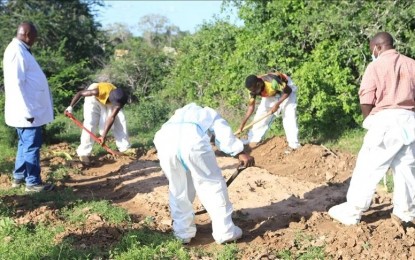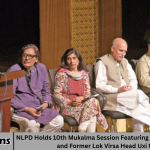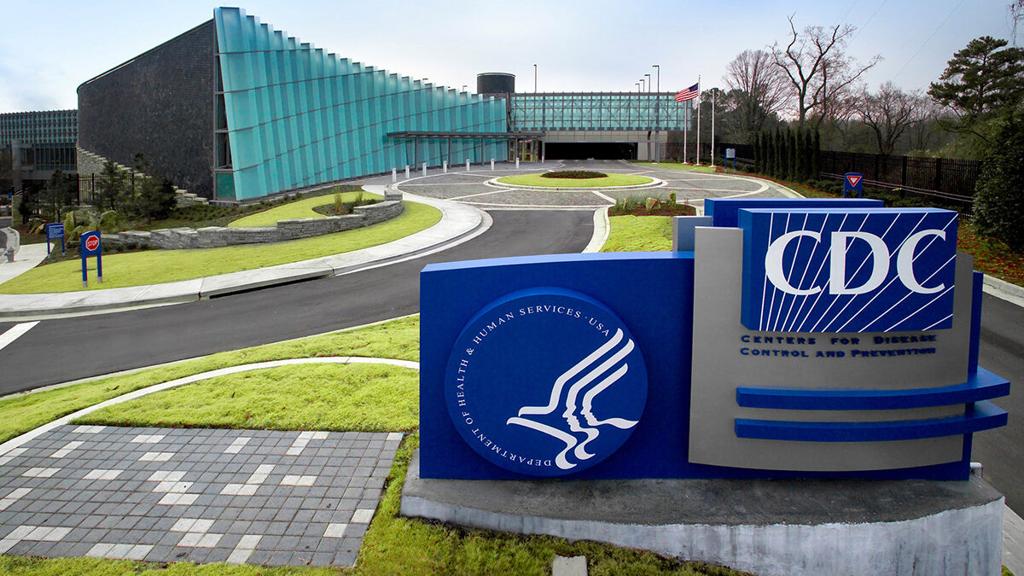Kenya has once again been thrust into the global spotlight after investigators unearthed 50 new bodies near the infamous Shakahola forest in Kilifi County, a site already tied to the country’s deadliest starvation cult. The shocking discovery has reignited debate on religious extremism, government oversight, and the vulnerability of impoverished communities to manipulation by charismatic preachers.
- The Shocking Discovery in Shakahola
- Who Was Behind the Starvation Cult?
- Survivors’ Accounts: Life Inside the Cult
- Government Response and Public Outrage
- The Global Dimension of Cults and Extremism
- Psychological Grip: Why Do People Join Cults?
- Legal and Religious Implications
- Economic and Social Fallout
- FAQs
- Conclusion
This tragedy, linked to the so-called Good News International Church led by controversial pastor Paul Mackenzie, continues to unravel as forensic teams recover more remains and survivors share harrowing tales of abuse, starvation, and coercion. With the death toll steadily rising, the Shakahola massacre has become one of the darkest chapters in Kenya’s modern history, sparking outrage both locally and internationally.
In this article, we explore the grim findings, the background of the starvation cult, the role of authorities, and the broader implications for faith, law, and society in East Africa.
The Shocking Discovery in Shakahola
Investigators, acting on intelligence and testimonies from rescued survivors, extended their search operations deeper into the Shakahola forest. What they found was deeply disturbing—freshly dug graves and decomposing bodies of men, women, and children believed to be victims of the starvation cult’s practices.
Authorities reported that most victims appeared to have died from prolonged starvation, though some bodies bore signs of suffocation and strangulation, suggesting that starvation may not have been the only method of control.
“Every day we dig, we find more graves. It is beyond what anyone could have imagined,” said a local police officer involved in the operation.
This new discovery pushes the death toll into hundreds, making it one of the largest mass killings in Kenya’s history, surpassing even the 1990s massacres linked to ethnic violence.
Who Was Behind the Starvation Cult?
The Good News International Church, led by Paul Mackenzie, promoted radical teachings that discouraged followers from seeking medical treatment, education, or formal employment. Mackenzie preached that starvation was the only path to salvation, claiming that members had to “fast unto death” to meet Jesus.
Former congregants revealed that Mackenzie’s sermons convinced hundreds of families to abandon their homes, sell property, and retreat into the forest, where they cut off ties with the outside world.
Witnesses described the church’s compound as heavily guarded, with Mackenzie and his loyal enforcers ensuring that followers adhered to strict fasting rules. Children were reportedly forced to starve before adults, under the belief that “children are more innocent and will reach heaven first.”
Survivors’ Accounts: Life Inside the Cult
The stories of survivors paint a chilling picture.
One woman, rescued in a weak and malnourished state, recounted:
“We were told that eating food was sin. If you got hungry, you were told to pray harder. If someone tried to leave, they were beaten or locked inside huts until they agreed to fast.”
Another survivor recalled watching relatives collapse from hunger while leaders insisted it was “a test of faith.” Many were forced to dig graves in preparation for their own deaths.
The testimonies reveal how coercion, manipulation, and spiritual fear combined to entrap hundreds of vulnerable individuals who genuinely believed they were obeying divine instructions.
Government Response and Public Outrage
Kenya’s government has faced heavy criticism for failing to act earlier, despite reports that Mackenzie had previously been arrested on charges of radicalization and child neglect. His early release and continued influence over followers have raised questions about corruption and weak law enforcement.
President William Ruto described the cult as a “terrorist organization disguised as a church” and vowed to crack down on religious extremists. He also announced the creation of a special task force to regulate religious institutions and prevent future tragedies.
Interior Minister Kithure Kindiki confirmed that the Shakahola forest has been sealed off as a crime scene, with forensic experts continuing to exhume graves.
Yet critics argue that government inaction enabled the massacre to escalate. Civil society groups demand a comprehensive investigation not only into Mackenzie’s activities but also into the complicity of local officials who may have turned a blind eye.
The Global Dimension of Cults and Extremism
The Shakahola tragedy has drawn comparisons to other infamous cult-related deaths worldwide.
In 1978, the Jonestown massacre in Guyana claimed over 900 lives when followers of Jim Jones drank cyanide-laced drinks in a mass suicide.
In Uganda (2000), more than 700 members of the “Movement for the Restoration of the Ten Commandments of God” perished in what was initially thought to be mass suicide but was later revealed as mass murder.
In Japan (1995), the Aum Shinrikyo cult carried out a sarin gas attack in Tokyo’s subway, killing 13 and injuring thousands.
These incidents highlight a troubling pattern: charismatic leaders preying on vulnerable populations by exploiting spiritual beliefs and instilling fear of damnation.
Psychological Grip: Why Do People Join Cults?
Experts argue that poverty, lack of education, and weak institutional oversight create fertile ground for cults. In Kenya, where unemployment is high and healthcare and education remain out of reach for many, promises of spiritual salvation and community can be powerfully persuasive.
Psychologists note that cult leaders often employ tactics such as:
Isolation – separating followers from family and society.
Fear and guilt – portraying dissent as betrayal of God.
Dependency – convincing followers that only the leader has answers.
Sacrifice – demanding extreme acts, including fasting to death, as proof of faith.
“Cults thrive where there is desperation,” explained Dr. Josephine Mwangi, a Nairobi-based psychologist. “When people feel abandoned by society, they cling to any figure who promises certainty—even if it means death.”
Legal and Religious Implications
The tragedy has intensified debates on religious freedom versus regulation. Kenya’s constitution guarantees freedom of worship, but critics argue that unchecked liberty has allowed fraudulent pastors to exploit citizens.
Mainstream churches in Kenya have condemned Mackenzie’s teachings as heretical and called for tighter vetting of religious leaders. However, some worry that heavy regulation could restrict genuine faith communities.
Legal experts stress the need for balance: protecting freedom of religion while ensuring leaders are held accountable for harmful practices.
Economic and Social Fallout
- Beyond the tragic loss of life, the Shakahola massacre has had ripple effects:
- Tourism in Kilifi County has declined as the forest becomes infamous for mass graves.
- Families continue to search for missing loved ones, with many waiting outside morgues for DNA identification.
- Community trust in religious institutions has been shaken, leading to skepticism toward pastors and preachers nationwide.
- The economic burden of forensic investigations, mass burials, and counseling for survivors also weighs heavily on Kenya’s
- public resources.
- Calls for Reform and Safeguards
- Human rights groups and religious councils are now pushing for reforms, including:
- Stricter monitoring of churches and sects to prevent exploitation.
- Community education programs on recognizing signs of cult recruitment.
- Support systems for survivors to help them reintegrate into society.
- Psychological counseling for affected families and communities.
- Accountability mechanisms to investigate officials who ignored early warnings.
- These measures, advocates argue, are essential to ensure such a tragedy never happens again.
FAQs
What is the Shakahola starvation cult?
It was a religious sect led by Pastor Paul Mackenzie of the Good News International Church, where followers were encouraged to starve themselves to death to meet Jesus.
How many people have died so far?
Authorities have discovered hundreds of bodies, with new graves being unearthed almost daily. The number continues to rise as investigations progress.
Who is Pastor Paul Mackenzie?
He is the leader of the cult, arrested multiple times for radical teachings. He preached that starvation was the path to salvation.
Why didn’t the government stop the cult earlier?
Although Mackenzie had been arrested before, weak enforcement, lack of oversight, and possible corruption allowed him to continue his activities.
How does this compare to other cult tragedies worldwide?
The Shakahola massacre is among the deadliest, comparable to the Jonestown massacre in Guyana and the Ugandan cult deaths in 2000.
What steps are being taken to prevent such incidents?
Kenya has formed a task force to regulate religious institutions, improve community awareness, and strengthen law enforcement.
Conclusion
The discovery of 50 more bodies near Kenya’s Shakahola starvation cult site is a chilling reminder of how destructive unchecked extremism can be. What began as a religious movement promising salvation ended in one of the worst mass deaths in Kenya’s history.
The tragedy exposes not just the dangers of cults, but also systemic failures in governance, law enforcement, and community awareness. As Kenya mourns its dead, the world is reminded of the fragile line between faith and fanaticism.
Ultimately, the Shakahola massacre is a wake-up call. It demands action—not only to bring justice to the victims but to build stronger safeguards against the exploitation of vulnerable populations in the name of religion.











